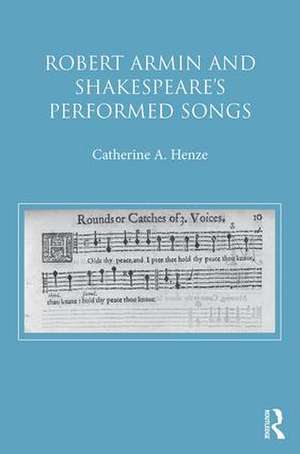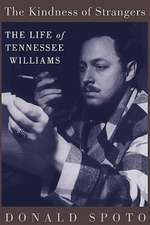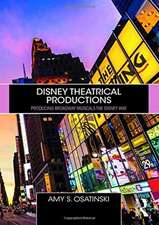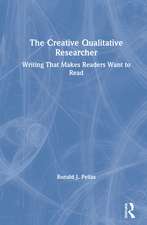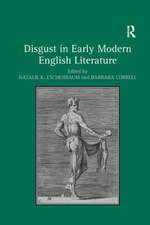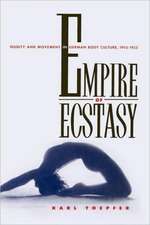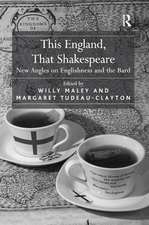Robert Armin and Shakespeare's Performed Songs
Autor Catherine A. Henzeen Limba Engleză Hardback – 24 mai 2017
| Toate formatele și edițiile | Preț | Express |
|---|---|---|
| Paperback (1) | 389.38 lei 6-8 săpt. | |
| Taylor & Francis – 12 dec 2019 | 389.38 lei 6-8 săpt. | |
| Hardback (1) | 763.78 lei 6-8 săpt. | |
| Taylor & Francis – 24 mai 2017 | 763.78 lei 6-8 săpt. |
Preț: 763.78 lei
Preț vechi: 1027.17 lei
-26% Nou
Puncte Express: 1146
Preț estimativ în valută:
146.14€ • 153.41$ • 121.31£
146.14€ • 153.41$ • 121.31£
Carte tipărită la comandă
Livrare economică 10-24 aprilie
Preluare comenzi: 021 569.72.76
Specificații
ISBN-13: 9781472458322
ISBN-10: 147245832X
Pagini: 216
Ilustrații: 48
Dimensiuni: 156 x 234 x 18 mm
Greutate: 0.43 kg
Ediția:1
Editura: Taylor & Francis
Colecția Routledge
Locul publicării:Oxford, United Kingdom
ISBN-10: 147245832X
Pagini: 216
Ilustrații: 48
Dimensiuni: 156 x 234 x 18 mm
Greutate: 0.43 kg
Ediția:1
Editura: Taylor & Francis
Colecția Routledge
Locul publicării:Oxford, United Kingdom
Cuprins
Contents
List of Musical Examples
Preface and Acknowledgments
Introduction
1 Robert Armin: Apprentice, Extemporizing Comedian,
Author, Singing Actor, and Possibly Shakespeare's Collaborator
2 Early Modern Music Contexts
3 Armin’s Singing Fools: Feste, Lear’s Fool, and Autolycus
4 Much Ado About Nothing and As You Like It: Armin's Beginning with Shakespeare's Company
5 Armin's Possible Apprentices: Ophelia and Desdemona
6 Robert Johnson's Songs in Cymbeline and The Tempest: Armin's Final Performances with the King's Men?
Conclusion
Appendix 1 "Songs in the Plays"
Appendix 2 Alternate Settings for "Hold Thy Peace" and "Willow, Willow"
List of Musical Examples
Preface and Acknowledgments
Introduction
1 Robert Armin: Apprentice, Extemporizing Comedian,
Author, Singing Actor, and Possibly Shakespeare's Collaborator
2 Early Modern Music Contexts
3 Armin’s Singing Fools: Feste, Lear’s Fool, and Autolycus
4 Much Ado About Nothing and As You Like It: Armin's Beginning with Shakespeare's Company
5 Armin's Possible Apprentices: Ophelia and Desdemona
6 Robert Johnson's Songs in Cymbeline and The Tempest: Armin's Final Performances with the King's Men?
Conclusion
Appendix 1 "Songs in the Plays"
Appendix 2 Alternate Settings for "Hold Thy Peace" and "Willow, Willow"
Notă biografică
Catherine A. Henze is a Professor Emerita of Humanistic Studies-English, and Women’s and Gender Studies at the University of Wisconsin-Green Bay, USA.
Descriere
In Shakespeare’s Songs Restored, Catherine Henze restores important, previously inaccessible material to nine of Shakespeare’s most famous plays: the original music that accompanied seventeen songs. After locating the music, she collaborates with Renaissance music specialist Lawrence Lipnik to provide reconstructed songs based on Shakespeare’s words. The author then analyzes both words and music, and applies the resulting new information to interpretations of characters and scenes, frequently challenging commonly held literary assessments.
